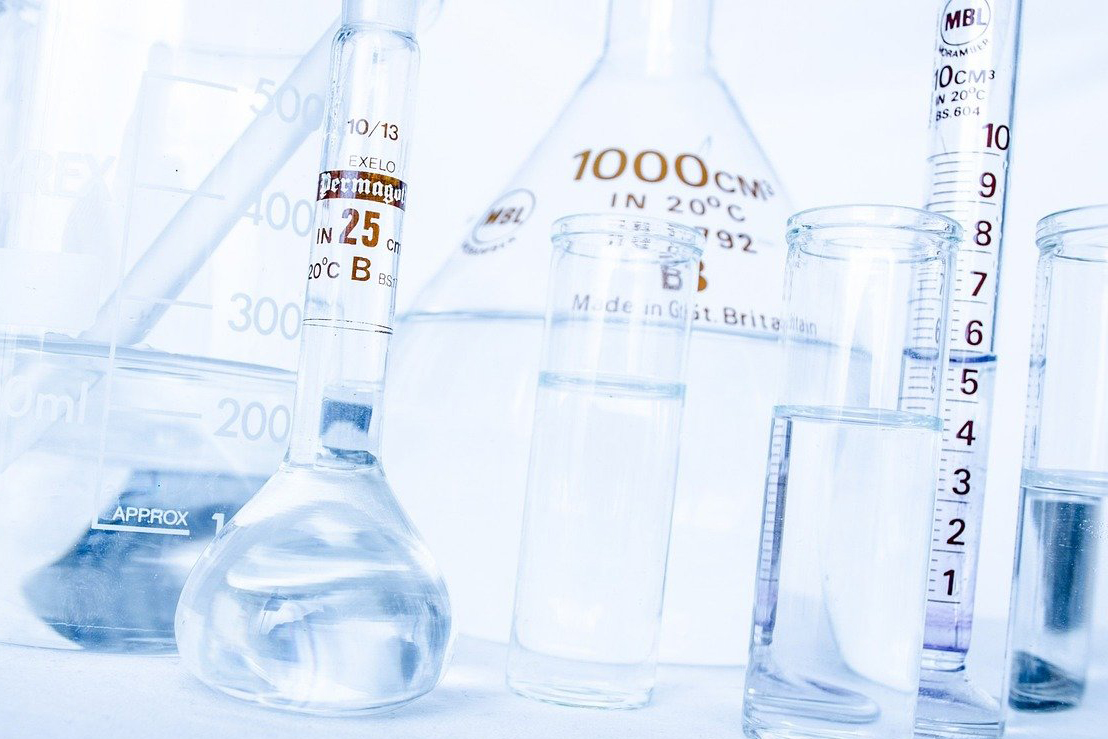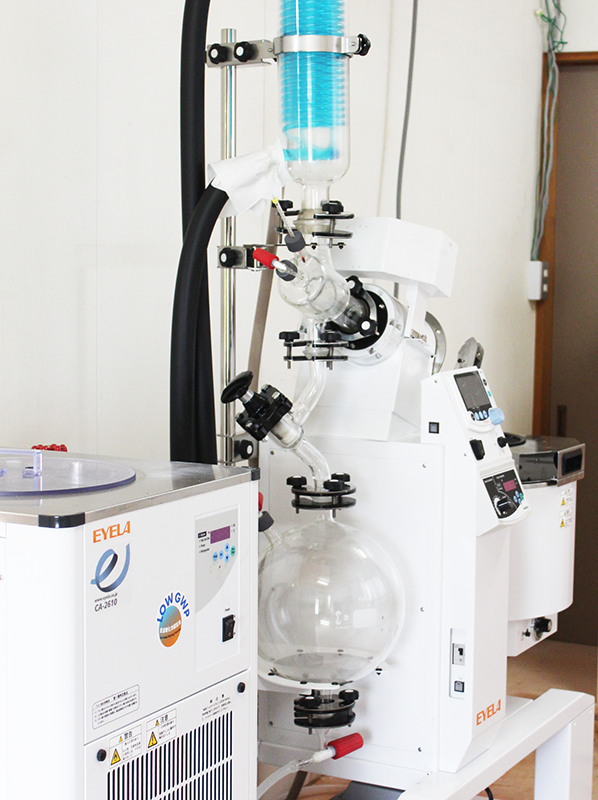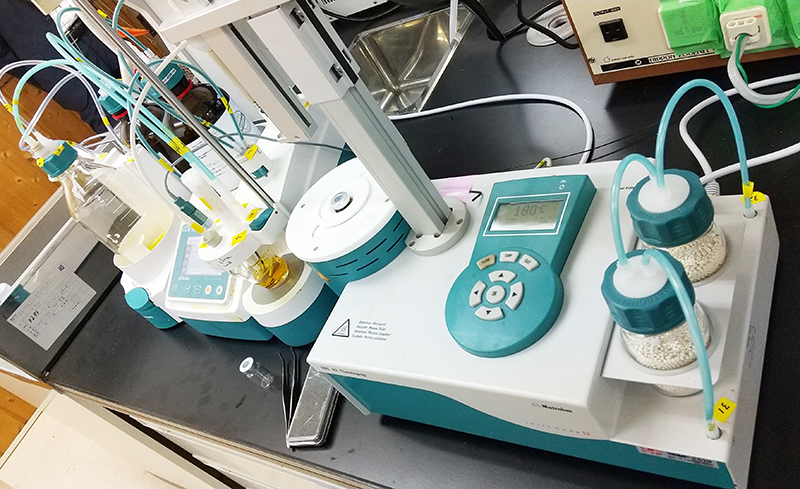
Technology
Urushi Lacquer Refining Methods that Evolve the Excellence of Traditional Techniques with the Power of Science
Traditional urushi lacquer refining has been supported by the excellent techniques that craftsmen have mastered through years of experience.
Iwate Urushitech has developed a technology for refining stable, high-quality lacquer by replacing the refining techniques of skilled craftsmen with a refining method based on scientific evidence such as components and amount of moisture.
What is the Decompressed Distillation Method? A refining method that keeps lacquer of high quality
Issues with the Traditional Kurome Lacquer Refining Method
In the traditional method of refining black lacquer (Kurome Urushi), raw lacquer is heated or sun-dried at a temperature of 45°C or lower and stirred for 6 to 8 hours to evaporate the water to produce black lacquer.
The amount of moisture of black lacquer, which is of good quality and can be stored for a long time, is less than 3%. The change in the moisture of raw lacquer during stirring is determined by the experience of the craftsman. Therefore, determining the end point of the process requires long time expertise.
In addition to the amount of moisture, other factors that determine the quality of lacquer include urushiol and a protein that contains an enzyme called laccase. These substances are related to the hardening of lacquer, and the higher the concentration and purity, the faster the refined lacquer hardens, which means that it is of higher quality.
Lacquer hardening occurs when urushiol is oxidized by the action of laccase. If the lacquer is stirred at a temperature of around 45°C for a long time, the proteins are transformed, resulting in a deterioration of the quality of the purified black lacquer.
Thus, in addition to the possibility of variations in quality depending on the refining technique and environmental conditions, the conventional method has the major problem that during the refining process; the lacquer ingredients cause allergic dermatitis in lacquer craftsmen.
The raw lacquer contains urushiol and turpentine, both of which can cause rashes. The volatile substance called turpentine evaporates during stirring, so the lacquer worker is constantly exposed to this inflammatory substance for long periods of time.
The "decompressed distillation unit" used in our lab

Iwate Urushitech's technology for stable and safe supply of high quality urushi lacquer
In the "decompressed distillation method" adopted by our company, raw lacquer is agitated in a large 20-liter rotating flask, of which the temperature and pressure precisely controlled by the decompressed distillation unit, to remove water. This method reduces the refining time from 6 to 8 hours with the conventional method to only 60 to 90 minutes.
The Karl Fischer titration method is used to measure the moisture of the black lacquer during the purification process. With this method, moisture can be accurately measured in units of up to 0.001% for a small amount of purified lacquer (30-50 mg).
Purification of lacquer by this scientific method has various advantages.
Advantages of the Decompressed Distillation Method
1) Improved quality
Agitation at around 35°C and shortened purification time prevents denaturation of the laccase enzyme, which is the most important factor in determining lacquer quality, and thus maintains a high concentration of high-quality urushiol with a fast curing rate.
2) Stabilization of quality
Because the concentration of the components is accurately measured using scientific measurement methods, the product is highly reproducible, and quality lacquer products with stable components can be supplied.
3) Increased product competitiveness
Since high-quality Kurome lacquer can be supplied at an affordable price, it is expected to improve the quality and price competitiveness of final lacquerware products.
4) Ensure worker safety
Among urushiol and turpentine that cause rashes, turpentine, an inflammatory and volatile substance, is discharged directly outdoors from inside the flask during raw lacquer agitation. This is an epoch-making method that protects the health of the refiners and encourages new employment of the younger generation.
Based on the "Decompressed Distillation Method," we will strive not only to develop innovative products that meet the needs of everyone in the lacquer industry but also to create new market needs.
